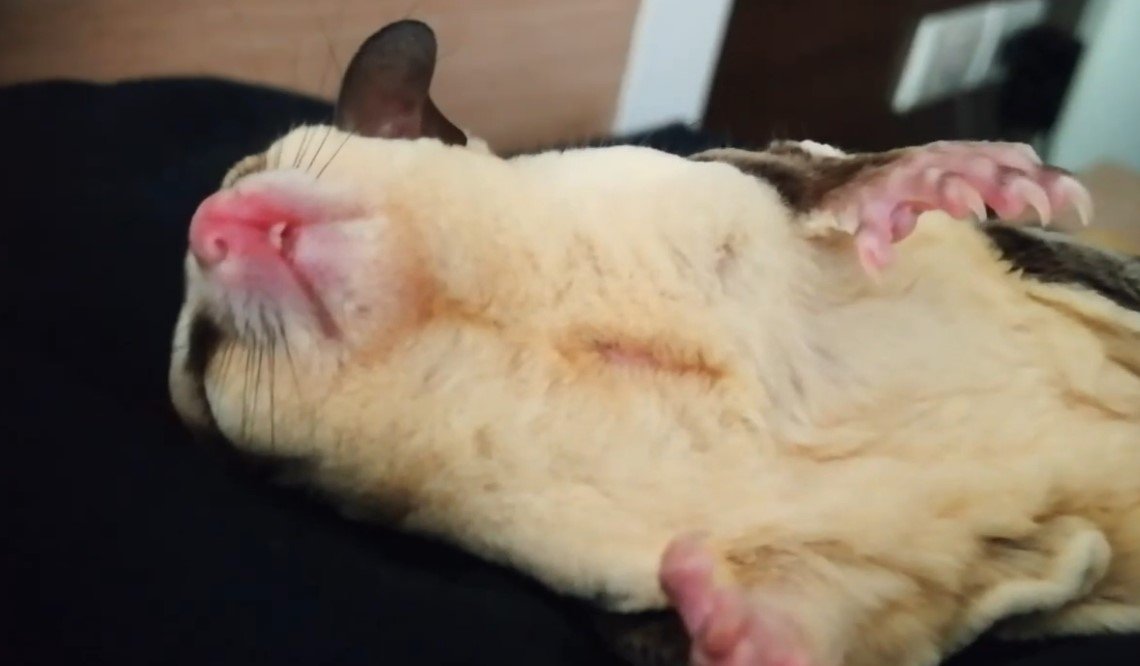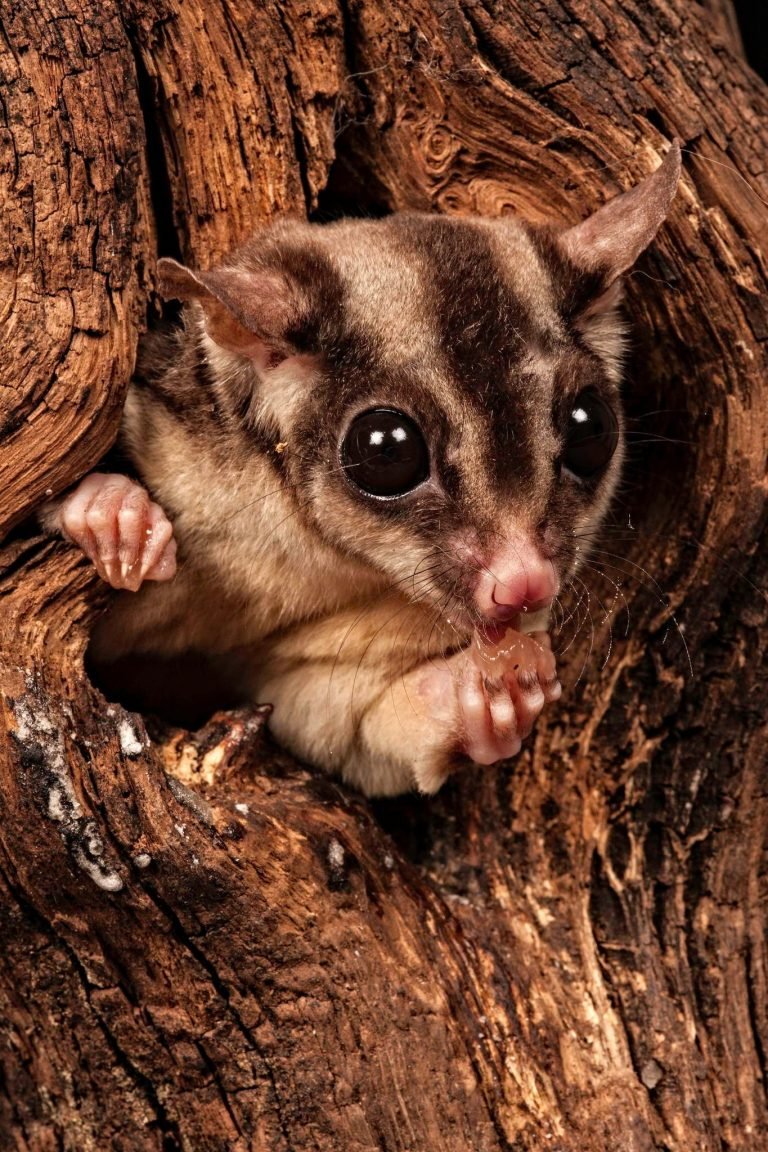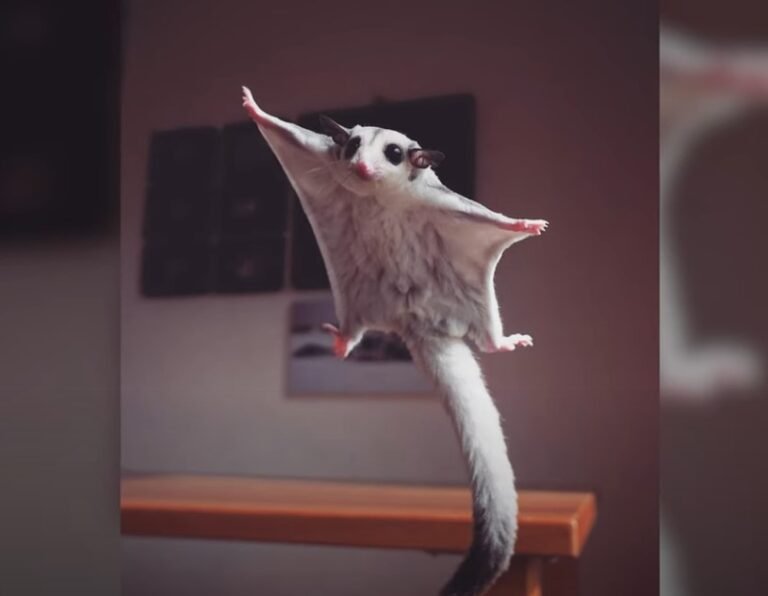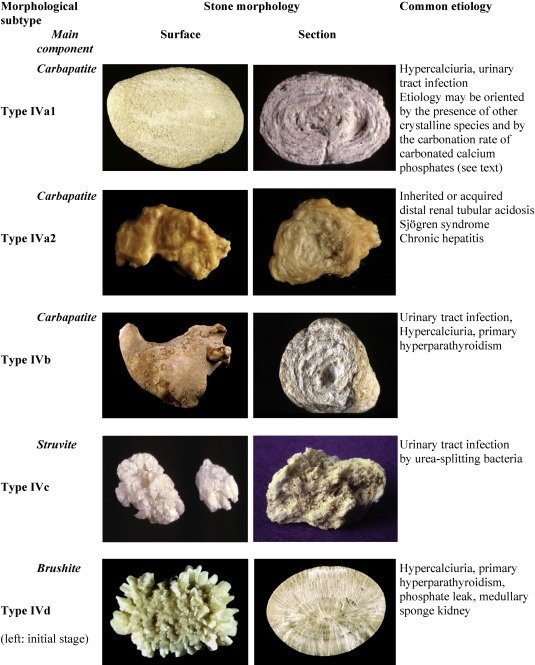When Do Sugar Gliders Sleep
When do sugar gliders sleep?
Sugar gliders are fascinating creatures known for their adorable appearance and unique behaviors. One of the most interesting aspects of their lifestyle is their sleep patterns. So, when do sugar gliders sleep?
The answer is simple: sugar gliders are nocturnal animals, which means they are most active at night. In the wild, they spend their days resting in tree hollows or other cozy spots and venture out after dusk to hunt for food. Their sleeping schedule is perfectly suited for their natural habitat, as it allows them to avoid the heat of the day and navigate through the darkness of the night.
Now, let’s delve deeper into the sleeping habits of these charming marsupials and discover more about their sleep patterns, duration, and behavior.
The Sleep Schedule
Sugar gliders have a unique sleep schedule that differs from diurnal animals. Instead of having one long stretch of sleep, they engage in a polyphasic sleep pattern. This means that they sleep in multiple short bursts throughout the day and night. These naps, known as “torpor” episodes, can last anywhere from a few minutes to a few hours.
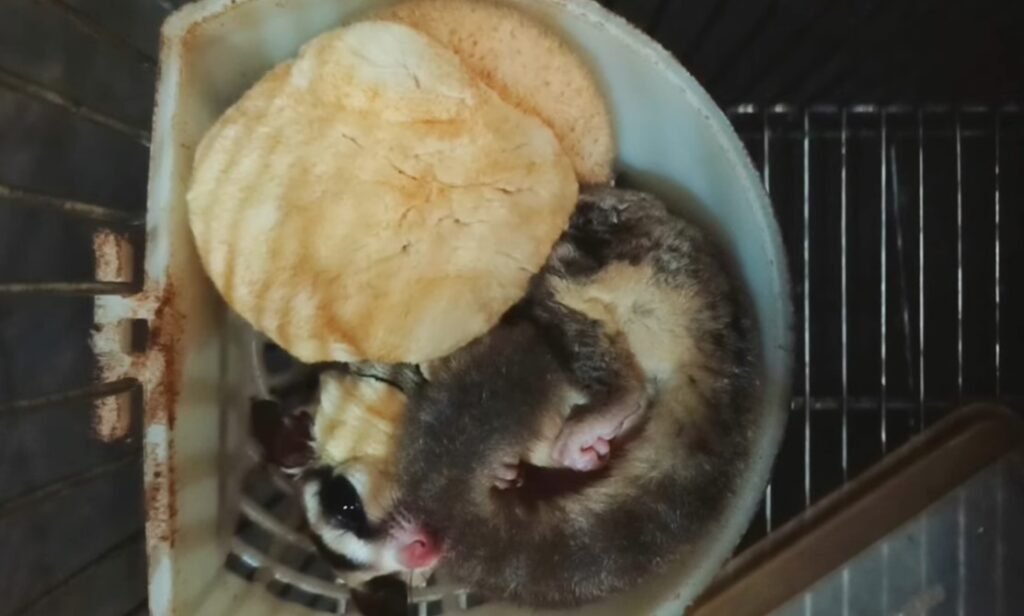
During the day, sugar gliders enter into a deep sleep called “torpor,” which allows them to conserve energy. This state of torpor helps them adapt to their environment and survive lean periods when food is scarce. It’s fascinating how nature has equipped them to adapt to their ecosystem’s challenges.
The Sleep Duration
On average, sugar gliders sleep for approximately 12 to 14 hours per day. However, it’s important to note that their sleep patterns can vary depending on various factors such as age, health, and the availability of food.
Young sugar gliders may require more sleep than adults, as their bodies are still growing and developing. Additionally, if a sugar glider is sick or injured, it may need extra rest to recover. Similarly, when food is in short supply, they may need to conserve energy and sleep for longer durations.
Sleep Behavior
Sugar gliders exhibit fascinating behaviors during their sleep. While they sleep, they often curl their bodies into a ball, tucking their heads under their tail and covering themselves with their patagium, a membrane between their wrists and ankles that allows them to glide through the air.
To ensure a safe and cozy sleeping environment, sugar gliders seek out dark, quiet, and warm places. In captivity, many sugar glider owners provide sleeping pouches or nesting boxes, mimicking the natural tree hollows in which they would sleep in the wild.
Reproduction and Sleep
Reproduction also influences the sleep patterns of sugar gliders. Female sugar gliders experience a period of torpor during their pregnancy, which helps conserve energy for both the mother and the developing joeys. This period of torpor can last from a few days to a couple of weeks.
After giving birth, the mother sugar glider enters another period of torpor, providing warmth and protection for her joeys as they develop and grow in her pouch. During this time, the mother remains inactive and relies on stored fat reserves to sustain herself and her offspring.
Frequently Asked Questions
Q: How can I ensure my sugar glider gets enough sleep?
Creating a sleep-friendly environment is crucial for your sugar glider’s well-being. Provide a dark, quiet, and warm sleeping area, such as a pouch or nesting box. Additionally, establish a consistent routine and avoid disturbing your glider during its sleep hours.
Q: Can sugar gliders adjust to a different sleep schedule?
While sugar gliders are primarily nocturnal, they can adapt to slight variations in their sleep schedule. However, abrupt changes may cause stress and discomfort. If necessary, make gradual adjustments over time.
Q: Why do sugar gliders sleep in short bursts?
Sugar gliders have a polyphasic sleep pattern that allows them to enter a state of torpor several times during the day. This behavior helps them conserve energy and adapt to the challenges of their environment.
Final Thoughts
Understanding the sleep patterns of sugar gliders is crucial for providing them with a comfortable and healthy environment. By respecting their natural nocturnal behaviors and meeting their sleep needs, you can ensure that your sugar glider lives a happy and well-rested life. So, create a cozy sleeping space, establish a consistent routine, and let your sugar glider enjoy its natural sleep schedule.

